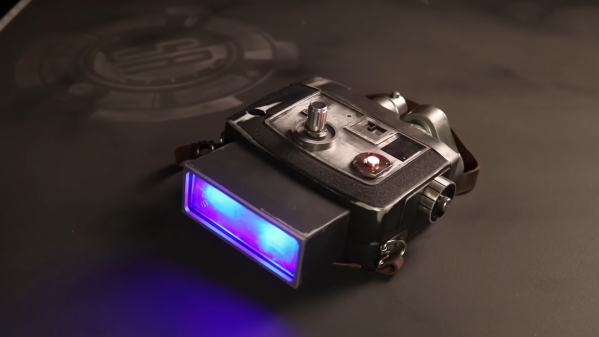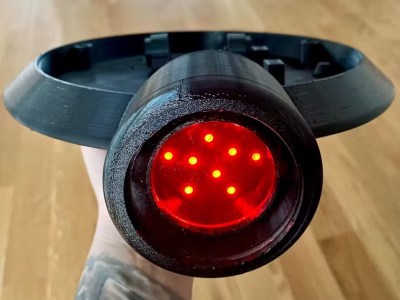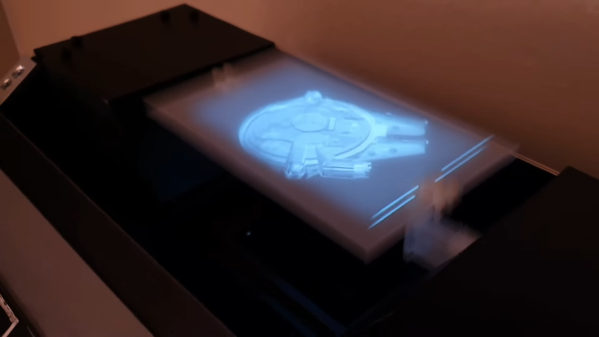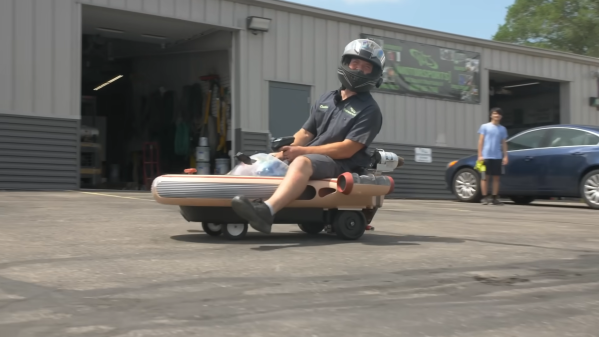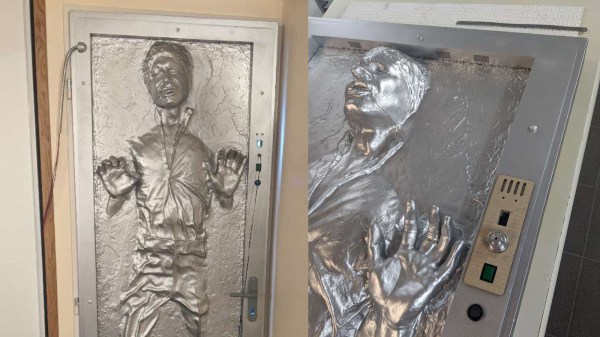Lots of people make replica lightsabers from Star Wars or tricorders from Star Trek. Not so many people have tried to recreate the binoculars from The Last Jedi, but [The Smugglers Room] whipped up a pretty rad pair from old parts.
It’s more of an inspired build rather than screen-accurate, but they’re still pretty neat. A Bell & Howell camera was the basis for the binoculars used in the film, in fact, and this build starts with the same tri-lens model. Found vintage objects are often used in sci-fi with some modifications, but more commonly in lower-budget productions. Star Wars can do it too, though, it seems.
Turning them into binoculars requires the construction of a viewfinder, which was made out of hand-cut Sintra PVC foam board. Lots of leather wrap had to be removed from the camera, too, which offered a happy accident—it left a heavily-weathered aluminum surface that looked great for a Star Wars prop. A few random controls were then added to disguise the camera as an advanced pair of futuristic binoculars. LED lighting was also installed internally to make the build glow as if it actually contained some powered sci-fi optics. It also got a hand-made leather strap for that rugged aesthetic so fitting for the film.
It’s not a functional build; we’d love to see someone build a set of AR or rangefinder binoculars that still look the part. However, this would be a great addition to any Poe Dameron costume you might have planned for the next upcoming Comic Con.
Here’s our question, though. Does it suck you out of your suspension of disbelief when filmmakers use found objects as the basis for props? Or is it a neat thing when you spot such an example? Video after the break.
Continue reading “Star Wars-Inspired Cosplay Prop Uses Old Vintage Camera”

